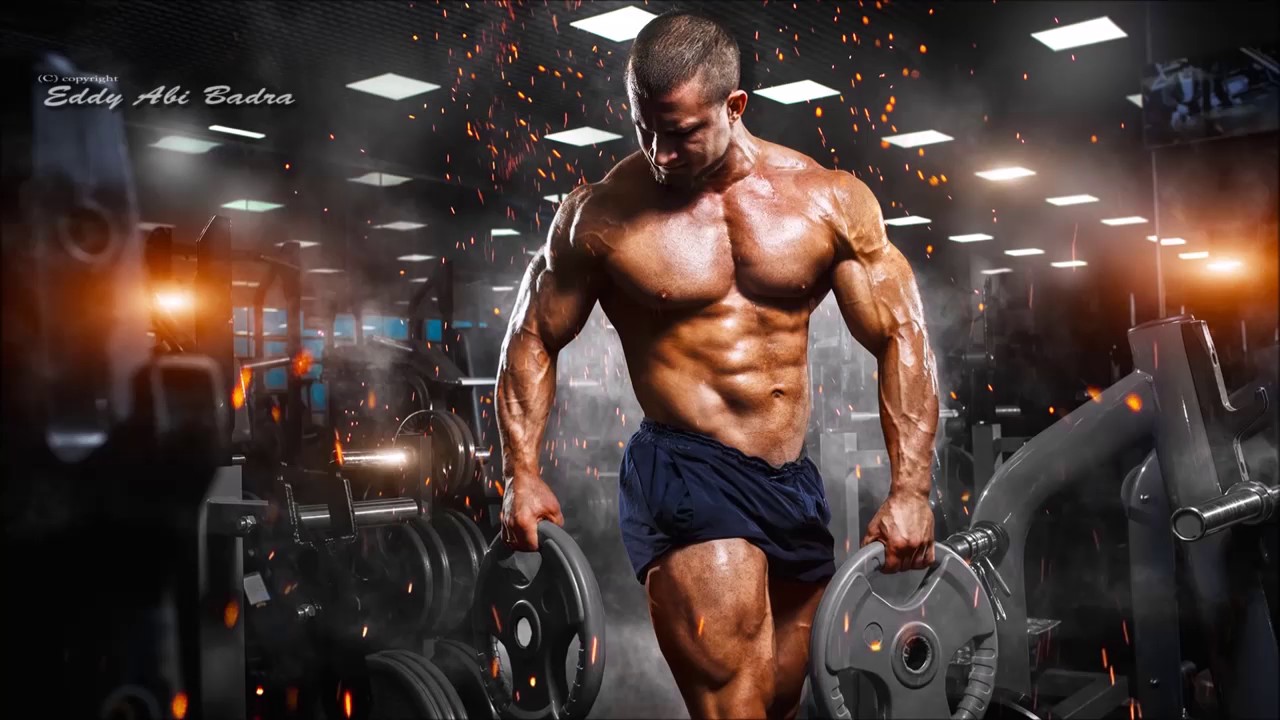How NFL Player Ryan Watson Moved From Speed to Physique Training
For new Florida super heavyweight bodybuider Ryan Watson, training for physique competition was a different challenge than his prior time in the gym and track while prepping for the NFL as a player with the Atlanta Falcons for two years. A spinal problem brought an end to his football career, but it didn’t stop Ryan from pushing his body in a new direction.
Once Ryan entered regional bodybuilding shows in the south, it was all about starting to work for size and proportion instead of power and speed. At 6’2″ and 240 lbs. onstage, he made impressive headway in his first shows with an overall win at the Mid-Florida Classic in 2006, followed by a third place in the big NPC Southern States event in 2007. He placed fifth at the same show a year later, and is taking 2009 off to rest and retool his physique and training. Meanwhile, his degree in nutrition and exercise physiology keeps him on track with figuring out how to come back better than ever while operating his personal training company, One More Rep, in the Tampa Bay area. So how does he assess the strategies he relied on to transform himself from a power sport player to an athlete competing in the world of muscular development?
- “I started off training for bodybuilding with the methods I had read up on while still in football. I also have a bachelor’s degree in nutrition and exercise physiology, and I knew a great deal about the human anatomy and training philosophies. I also didn’t decide to do a show until I had lost a tremendous amount of the body fat composition that I carried for so long while playing football. I managed to drop around 40 or 50 lbs. of fat, while also being able to retain a lot of lean mass, while still training hard and heavy but just eating much cleaner foods. It took me a period of over a year and a half to drop the 50 lbs., and then I felt I was ready to enter the world of bodybuilding.”
- “The first step I really had to grasp was how to prioritize my training, which means to really only focus on the weak areas, and learn how to manipulate the amount of volume of repetitions and sets to be done for certain body parts to create a certain look from certain angles. There’s so much variety out there as far as different methods to stimulate new muscle growth and to bring out the lines and definitions, depending on what you still need. So it was really about mastering that concept of going from training for football–where it’s more about training for explosiveness, injury prevention, speed and agility–to now training where it’s all about aesthetics and really bringing up your weaker body parts and trying to build a complete package with symmetry.”
- “Another thing you really learn is how to scale back your volume: I used to be a believer in a lot of volume—a high amount of sets. But I never grew explosively as I did more recently, and I feel that was because I scaled back my volume, I cut my sets down from about six sets per exercise to about three. I go from three sets to failure, whereas I would usually go for four sets and on the fifth set try to go to failure, and I was just basically overtraining. People fail to realize that you grow outside of the gym, you don’t grow inside the gym. Nowadays, I’m very aware of including variety too; I like to make sure every workout is somewhat different, because your body is an amazing machine that’s going to adapt if it gets the same stimulus. I’ve also made some major progress just by adding in a lot more of the old-fashioned bodybuilding movements, whereas before I was more of a believer in only power movements — you know, like always squat, or always deadlift==and then I wouldn’t do enough other smaller exercises to train the muscle in more detail and from different angles. “
